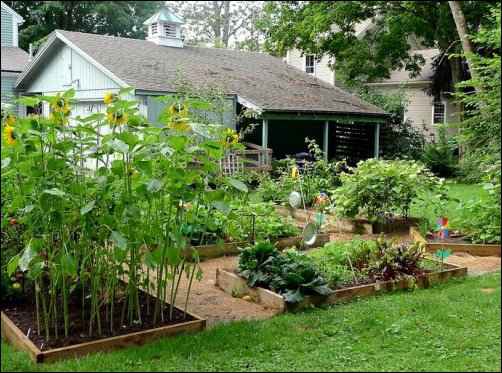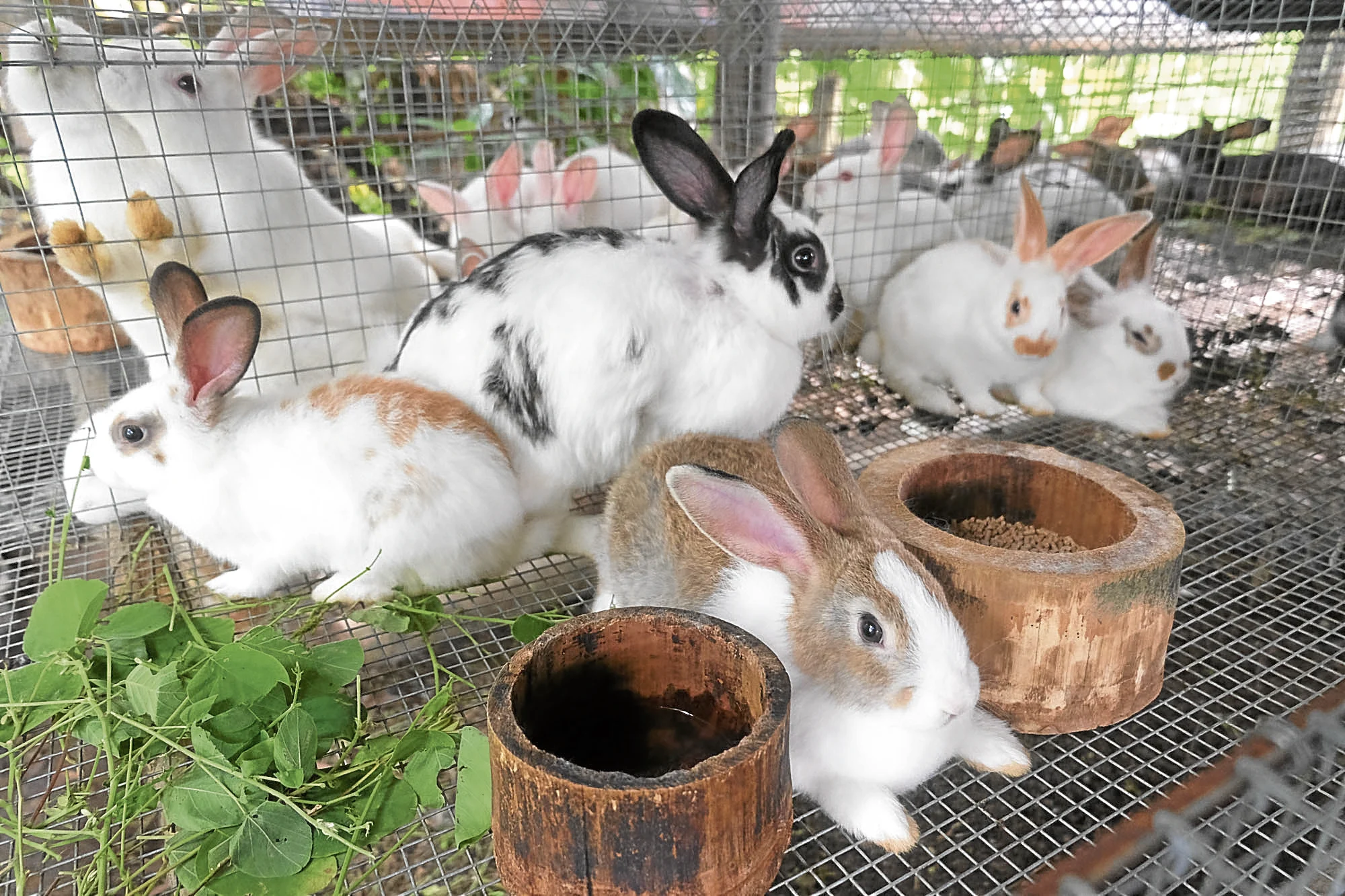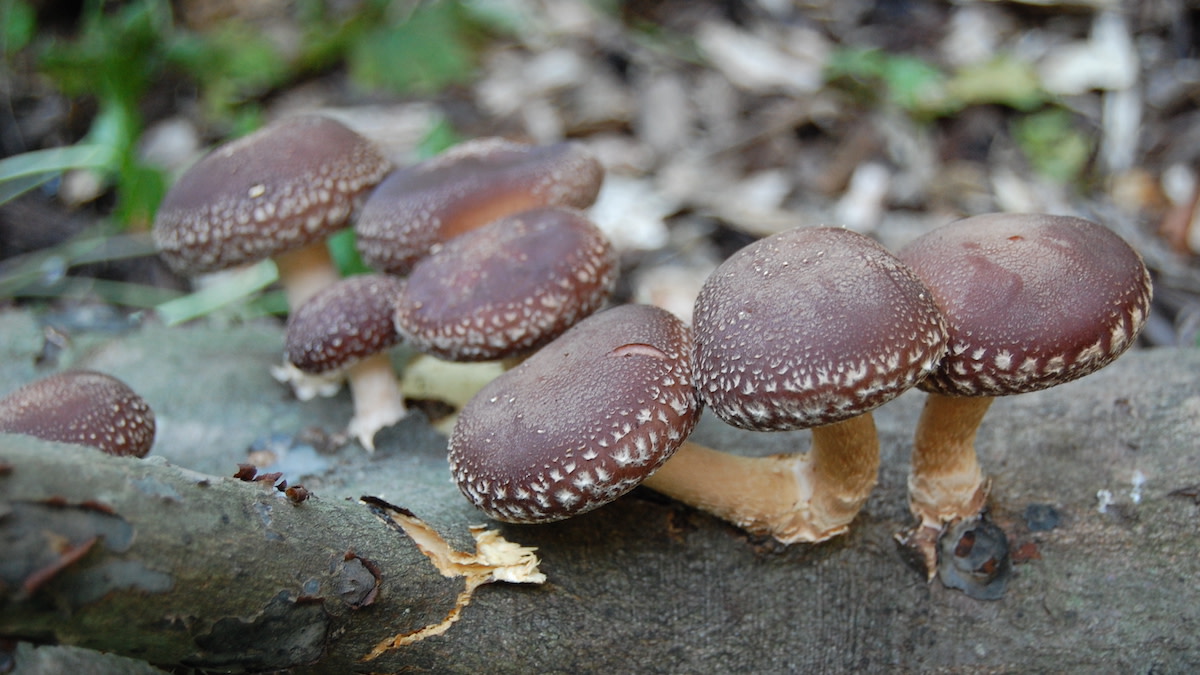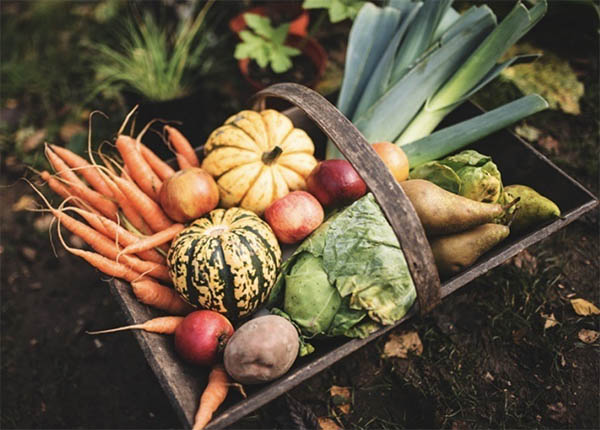Growing some of your own food is an important early step in homesteading: growing your own mushrooms puts you on an entirely different level of self sufficiency. For beginners, shiitakes are a simple mushroom to learn to cultivate. And they are delicious! Rich in ‘umami’ flavor, shiitakes have an outstanding meaty texture when sauteed, broiled, baked or grilled.
Popular in Asia for centuries, they are quickly gaining traction in American markets. Beyond taste, shiitakes are also gaining recognition for their health benefits.
Ian’s been wanting to raise mushrooms for a while now. If he could have his way our whole property would be turned into one big mushroom farm. For once I was the voice of reason and encouraged him to start considerably smaller.
And so, for this year we are sticking with shiitakes. If these do well for us maybe Ian will get his mushroom farm after all.
Why Grow Mushrooms in Appalachia?
The Appalachian mountains are an ideal place to grow mushrooms. Thick, shaded forests filled with hardwood trees keep a consistent level of moisture in the surrounding soil. Both wild and cultivated varieties thrive in this region. Springtime is morel season; an opportunity for children and adults alike to romp through the woods in search of this elusive fungus. Mushrooms are also a great farm crop for rural areas without close access to farmer’s markets because they can be dried and transported long distances, unlike more perishable vegetable crops.
Some people are dreaming bigger. We’ve heard theories that highly productive mushroom farms could be a viable source of employment to help offset some of the coal mining jobs being lost. That remains to be seen, but in any case our shiitake experiments seem timely.
Growing Shiitake Mushrooms
How do Mushrooms Grow?
Much of mushroom growth happens out of sight. Unlike plants, fungi doesn’t need photosynthesis to produce its food. Many mushrooms (including shiitake) get their food by decomposing dead plant material, usually the cellulose and lignin of wood. The bulk of the fungi consists of mycelium, or tiny threads that grow throughout wood fibers. Mycelium pull nutrients from the logs, helping to break them down, and they use a portion of these nutrients to produce the fruiting bodies that grow above the surface. That’s what we call a mushroom.
Mushroom Spawn
There are two main types of spawn that are used for shiitake cultivation.
– Plug spawn: This is mycelium grown into hardwood that can be easily tapped into the holes drilled into logs. Plug spawn is easy to use for beginners because it requires no special tools. It’s extremely durable and can be used for fall inoculations. This spawn will take longer to grow and is more expensive than sawdust spawn, but it is a good option for first time growers.
– Sawdust spawn: The preferred spawn for shiitakes, it consists of mycelium grown into hardwood sawdust. Inoculation is more complex than with plug spawn but the process can be mechanized through specialized equipment. Sawdust spawn grows faster than plug spawn but is sensitive to drying out during inoculation and must be kept moist before being sealed.
Commercially cultivated shiitakes are typically grown with sawdust spawn. This spawn is usually sold in 5 to 10 pound plastic bags that have a patch of mesh fabric that allows the fungus inside to breath without allowing for outside contamination. Ian and I bought our spawn from Field and Forest Products, but there are plenty of smaller companies with high quality spawn for sale.
Mushroom Logs
Because mushroom logs don’t need a lot of space, they can be cultivated on small acreage. They just require hardwood logs that are well shaded and protected from the wind. This can be natural shade, like in the woods, or artificial like a shade tent. The practice of intentionally managing shade levels in a forest system to grow specific crops is called forest farming. When done properly, forest farming improves the long term health, quality and economic value of a forest system.
While shiitakes can be cultivated on any deciduous wood that retains its bark for a long time, Red Oak and White Oak are preferred. The best time to fell trees for mushroom logs is mid to late winter so to have them ready for innoculation in early spring. Shiitake logs can come from the trunks of healthy young trees or the thicker branches of older ones. Only logs with intact bark should be used. Gaps in bark provide entrance points for other, wild strains of fungi that could contaminate your crop. Let you logs age for two weeks before innoculating them.
Choose logs between 3-8 inches in diameter and cut them into lengths between 3-4 feet. Any longer and the logs become difficult to handle; any shorter, and you risk your logs drying out. When properly managed, small diameter logs produce more mushrooms per log, though the logs will decay more quickly than larger ones. These ‘spent’ logs can be ground up and used as compost.
The Inoculation Process
Shiitake inoculation should happen as early in the spring as possible after the logs have been setting for at least 3 weeks. Make sure daytime highs are consistently above 40 degrees F. Use a high speed drill to make 5/16 diameter holes 1 inch deep, spaced 6 inches apart, along rows 2 inches apart that are staggered. This will create a diamond pattern.
Immediately fill the holes with spawn to avoid an opportunity for contamination. We used a thumb style brass inoculator from Field and Forest because it fit a measured amount of spawn into each hole.
Loose sawdust spawn needs to be covered immediately with hot wax (usually cheese wax). The hotter the wax, the better the seal, but take care not to heat it beyond 450 degrees F.
Spawn Run
The period of time which the inoculated mycelium grows into a thread-like network in the log is called the spawn run. For shiitake, this is about a year.
During this time logs should be stacked loosely to allow for this initial mycelium colonization. Appropriate log orientation depends on your ability to protect the logs from wind and sun and will vary depending on your climate zone, wind levels, and average rainfall. Shiitakes produce optimally when they are kept at 35-45 percent moisture content. Log ends should be kept off the ground or on weed barrier fabric to prevent colonization by soil-borne strains of fungi.
Fruiting the Crop
In nature, the timing of mushroom production is dependent on temperature and rain levels. For shiitakes inoculated with sawdust, this is usually the fall after they were inoculated.
You can “force” your logs to fruit by submerging them in cool water for about 20 hours and then stacking them in an upright position to increase the space for mushroom formation. This practice will also cause your log to recover faster by stimulating both wood decay and fruiting.
Beware of pests: Mice will occasionally chew on mushroom caps, though they rarely cause much harm. When grown close to the ground, slugs and snails can damage shiitake caps during prolonged humid weather.
Harvesting Your Mushrooms
When productive, mushrooms develop over a several day period. Shiitakes should be harvested when their caps are 70 to 90 percent open. Because mushroom development is much faster in warm weather, nearly mature mushroom caps can expand beyond prime conditions overnight on hot nights.
Twist and pull the stem off the log to harvest it. Never cut the mushroom stem because it will shorten the shelf-life of the mushroom by causing it to dry out. Store your fresh mushrooms in well-ventilated containers like paper bags or cardboard cartons.
Allow your logs to rest for 10-12 weeks after it has produced a crop of mushrooms to allow the mycelium time to replenish itself and regain the energy needed for fruiting. When properly cared for, shiitake logs could fruit for 2 to 8 years.
…………………………………………………
Starting our mini mushroom farm has been a lot of fun so far! I hope this post inspires you to start your own experiments in the wonderful world of mycology.




